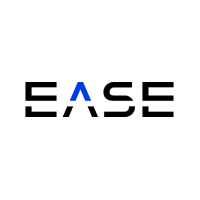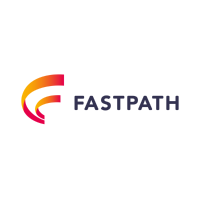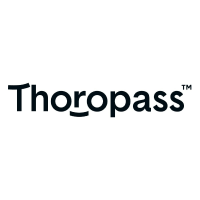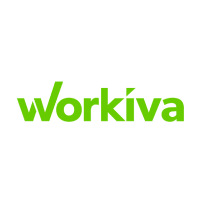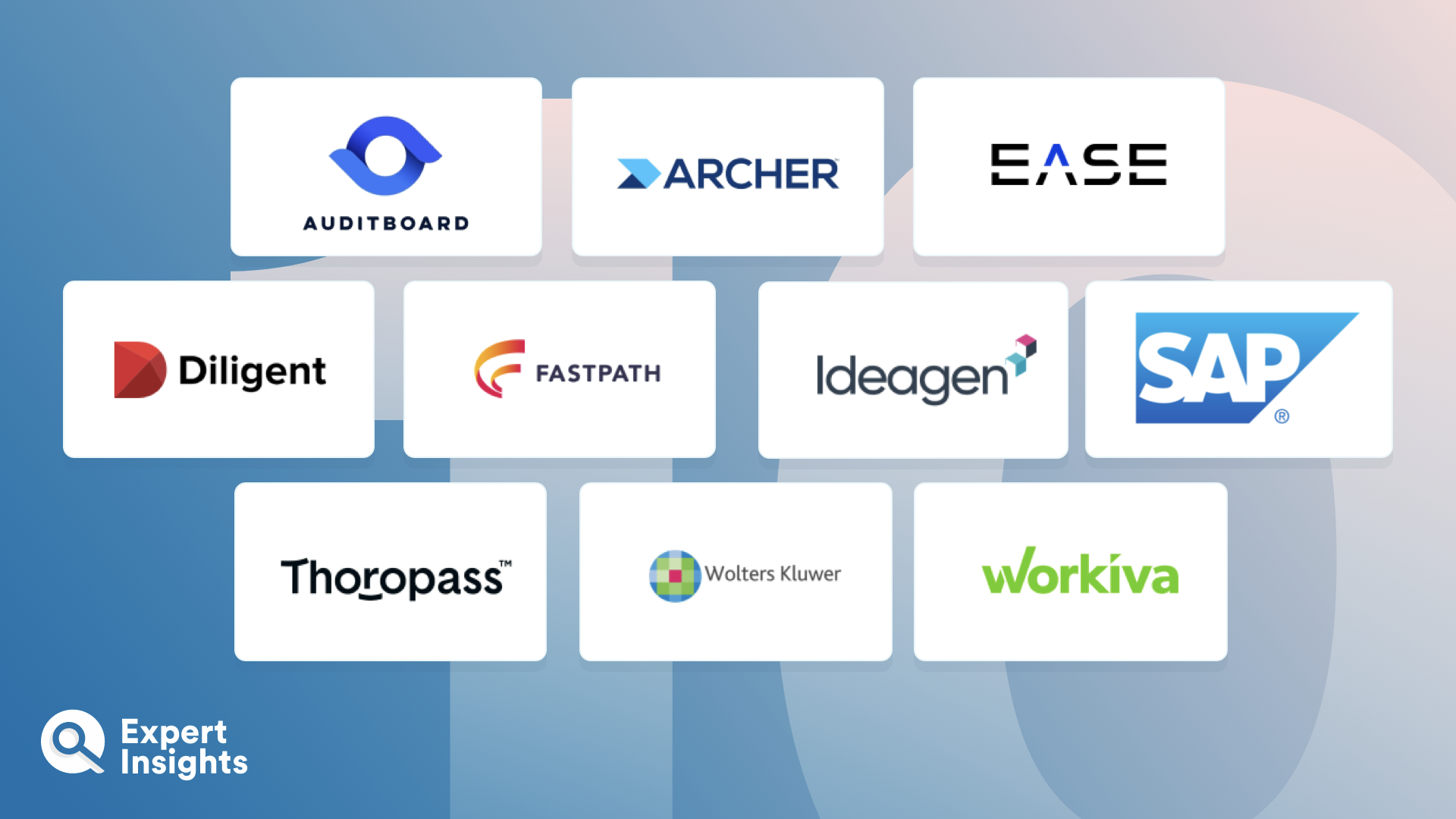Audit Management Solutions: Everything You Need To Know
What Is Audit Management Software?
Audit management software and solutions are SaaS or cloud-based platforms that ensure organizations complete their audits successfully and to a consistent standard. The solutions will streamline, organize, and orchestrate audit protocols and processes, helping teams collect and share data and evidence. Once information has been gathered, the solutions are able to carry out specific analysis, create reports, and share it with relevant third parties.
Audit management solutions can prepare, manage, and automate parts of the audit lifecycle. Aside from acting as a precatory tool, audit management solutions can serve as audit checklists that help teams ensure that they stay within regulatory compliance requirements. Some will also have the capacity to automate processes to reduce time and ease workloads.
Why Do We Need Audit Management Solutions?
Whether we like it or not, audits are part and parcel of business life. Audits are particularly crucial for companies in regulated sectors such as manufacturing, finance, or healthcare. These audits are important as they check (and prove) that all business processes are above board and that all standards are being met. They can assure customers, investors, and regulators that operations are in line with regulations and compliance, and nothing untoward or illegal is taking place.
Financial audits are a necessity for business across sectors. The specific type of audit that you will carry out depends on your sector, size, and location.
Manufacturing companies, for example, will need to undergo system audits, safety audits, preventative maintenance audits, and Layered Process Audits (LPAs) – these ensure that standards are being met, and the product is of good enough quality. There may be more specific and more stringent audits for companies working in particular sectors. Organizations in the life sciences industry will have audits such as US FDA, MHRA, EMA, and ISO to contend with.
These audits need to be carried out consistently and reliably. Often at least annually. They take a lot of time to carry out and demand a good deal of resource to run effectively. An audit will leave behind a paper trail to evidence how it has been run and its findings.
There are usually three types of audits a company will have to perform throughout the year including:
- First-party audit: an internal audit.
- Second-party audit: Audit for suppliers and vendors associated with the company.
- Third-party audit: Regulatory and compliance audits performed by a separate entity, such as US FDA assessing food manufacturing companies to ensure they are compliant and within regulations.
Audit management solutions will reduce the human workload and resource needed to carry out audits effectively. This is achieved through streamlining and automating processes. These solutions can keep and track documents, schedule audits, automate workflows and processes, enable easy collaboration and sharing between teams, send alerts and reminders, and plan future audits.
The Top Audit Management Features
While audit management solutions can vary from vendor to vendor, and from sector to sector, there are several main features that they should look for in a solution.
- Dashboards: Audit management solutions should have intuitive, clear, and navigable dashboards that are not only easy for teams to use but for auditors to access as well. These dashboards should be updated in real-time.
- Automation: Compiling data needed for an audit can be time consuming, tedious, and opens up margin for error. Good audit management solutions can automatically collate data relevant for particular audits and log it as part of the audit lifecycle.
- Alerts: During the auditing process, if it has been configured incorrectly, the results of the audits will be off. Alerting tools can notify admins of the status, and enable them to resolve the issue.
- Scheduling: Audit management solutions should ideally have an audit scheduling feature that can automatically schedule audits as and when is necessary.
- History tracking: This feature can track amendments, changes, and updates to the audit lifecycle.
- Audit analytics: Analytics will allow admins to delve into their findings and make sense of them. They can also contextualize findings during the audit lifecycle and assess risk levels.
- Queries and question libraries: Queries and question libraries enable users to create, run, and share queries across an organization during the audit.
- Reporting: Reports should be easy to generate and customizable, allowing you to highlight information crucial to your organization. Reporting features should be intuitive and easy to use and share–both internally and externally.






